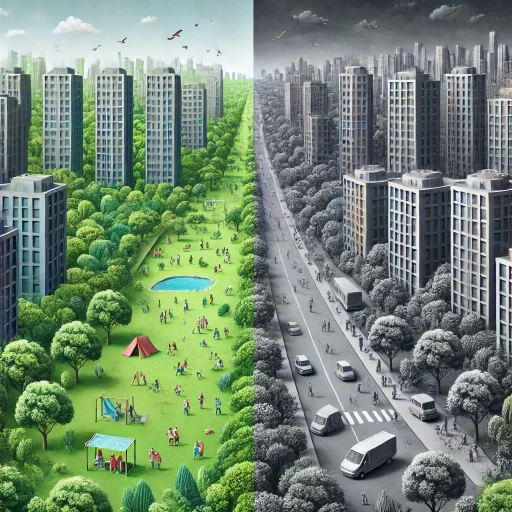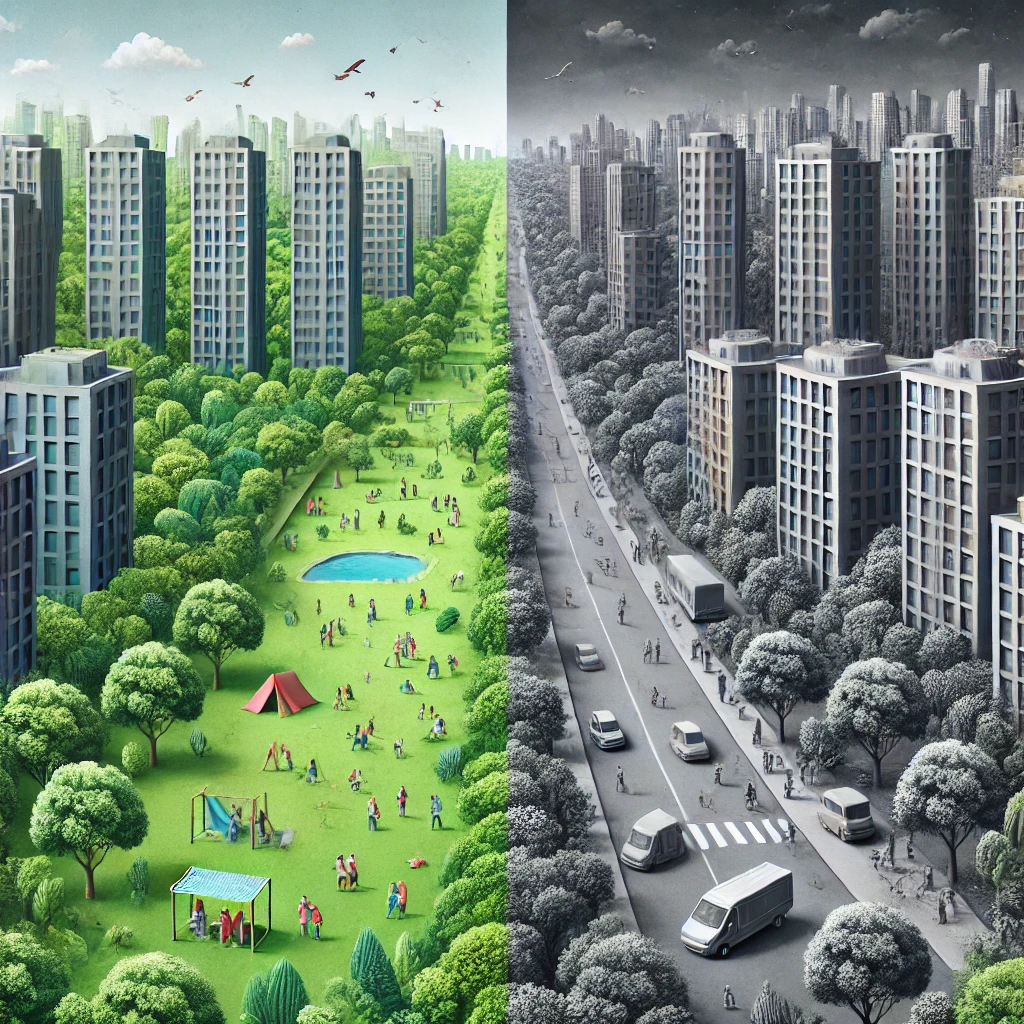A Tale of Two Neighborhoods
Imagine living in a city where some neighborhoods are lush with parks and greenery, while others are dominated by concrete. A recent study highlights this reality in the UK, revealing that unequal access to green spaces in urban areas correlates with higher rates of preventable deaths, particularly in disadvantaged communities.
Fewer Parks, More Health Risks
Researchers analyzed neighborhoods across the UK and found that communities with fewer green spaces had significantly higher rates of avoidable deaths. This disparity was most pronounced in lower-income areas, where limited access to green environments appears to directly impact residents’ health.
Green Spaces Save Lives
Parks and gardens are more than recreational areas—they’re lifelines. These spaces encourage physical activity, alleviate stress, and improve air quality, all of which are essential for good health. In neighborhoods lacking green spaces, residents are at a disadvantage, facing increased risks of preventable illnesses and deaths.
Addressing Health Inequality Through Urban Design
This study sheds light on a critical public health issue: the unequal distribution of green spaces perpetuates health disparities. Expanding access to green areas in underserved neighborhoods could reduce preventable deaths and improve the quality of life for millions of urban residents.
For more details, read the full study here.





